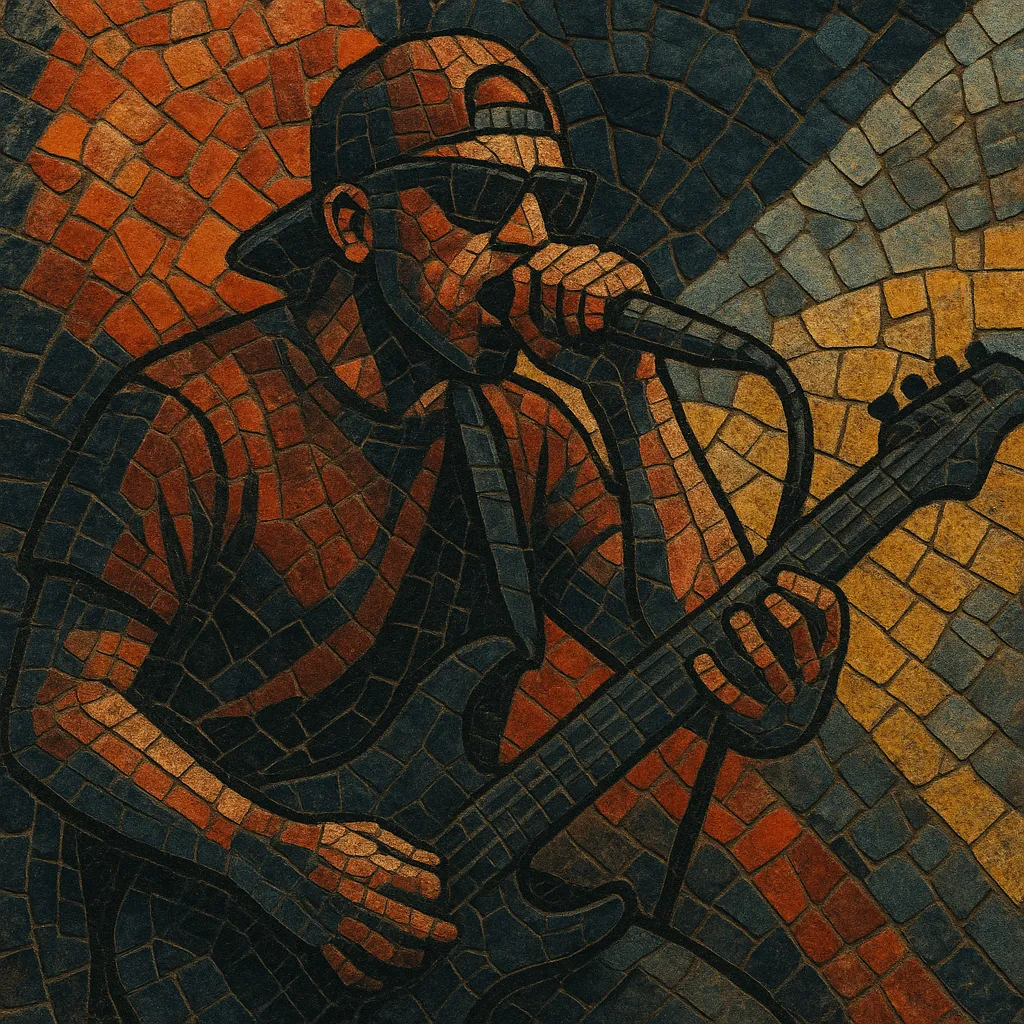Rapcore is a fusion of hip hop MCing and the speed, aggression, and riff-driven attack of hardcore punk and related heavy rock styles.
It typically features rapped verses, shouted or gang-vocal hooks, palm-muted guitar riffs, breakneck punk rhythms or halftime mosh parts, and a bass-and-drum foundation that alternates between Hip-Hop groove and Hardcore blast. Turntables, sampling, and backline percussion are common, and lyrical themes often center on social critique, street realism, anti-establishment politics, and personal catharsis.
While closely related to rap rock and rap metal, rapcore leans more toward the energy and ethos of hardcore punk, keeping arrangements direct and confrontational while borrowing the vocal flow, phrasing, and rhythmic emphasis of hip hop.
Early experiments with MCing over distorted guitars surfaced in the United States underground during the mid-to-late 1980s. Hardcore punk scenes, especially in Los Angeles and New York, began absorbing hip hop’s rhythmic sensibility and vocal flow. Crossover thrash and funk metal created a guitar-forward context that made rapped delivery feel natural over aggressive backlines.
By the early 1990s, groups such as Rage Against the Machine, Biohazard, Body Count, and Downset solidified a sound that paired hip hop cadences with hardcore energy, breakdowns, and politically charged messaging. These bands emphasized tight, riff-centric arrangements, live drums, and the use of DJ/turntable textures. The style’s street-level urgency and anti-establishment perspective resonated with audiences across punk and hip hop communities.
Rapcore’s intensity and hooks helped propel a wave of acts into the mainstream. While often overlapping with rap metal and the broader nu metal movement, bands such as Limp Bizkit, P.O.D., (hed) p.e., and Clawfinger carried rapcore’s core DNA—rapped verses, heavy riffing, and mosh-ready structures—into radio and festival circuits. The style’s visibility surged between roughly 1997 and 2003, aided by music television, modern rock radio, and touring festivals.
After the early-2000s peak, rapcore continued in underground and international scenes, influencing newer hybrids like trap metal and shaping the rhythmic and vocal approaches of heavy alternative acts. The genre’s emphasis on direct messaging, groove-conscious riffing, and high-intensity performance remains a reference point for bands navigating the intersection of heavy music and hip hop.


